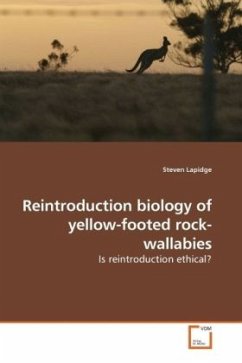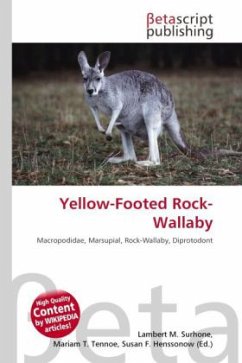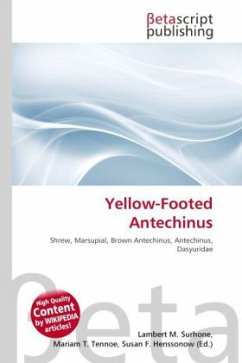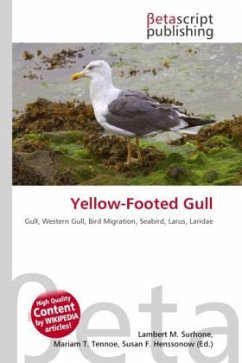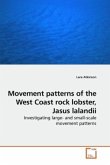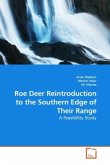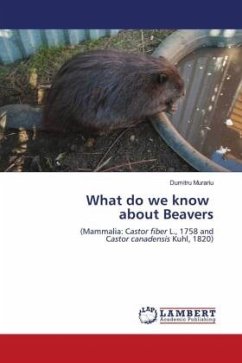Reintroducing extirpated species to their former range is a widely and increasingly used conservation technique. In most cases captive-bred animals are used as the source, with reintroductions proceeding because the risk to an individual may be compensated for by the gain for the species. This occurs despite questions over the humaneness of the practice, and the lack of research addressing welfare concerns. This work assesses the ecological and physiological adaptation of captive-bred yellow-footed rock-wallabies, a threatened macropod, to the wild. Biological parameters measured, including survival, growth, home range, reproduction, haematology, biochemistry, water turnover and field metabolic rates, indicated that captive-bred wallabies adjusted to the wild, and were indistinguishable to their wild counterparts, by 12 months post-release, although many changes had occurred earlier. General condition and health indices increased in all surviving wallabies post-release. Overall findings provide original evidence that some captive animals, principally herbivores, may benefit from reintroduction to the wild. Comparisons to non-herbivorous marsupials are made.

